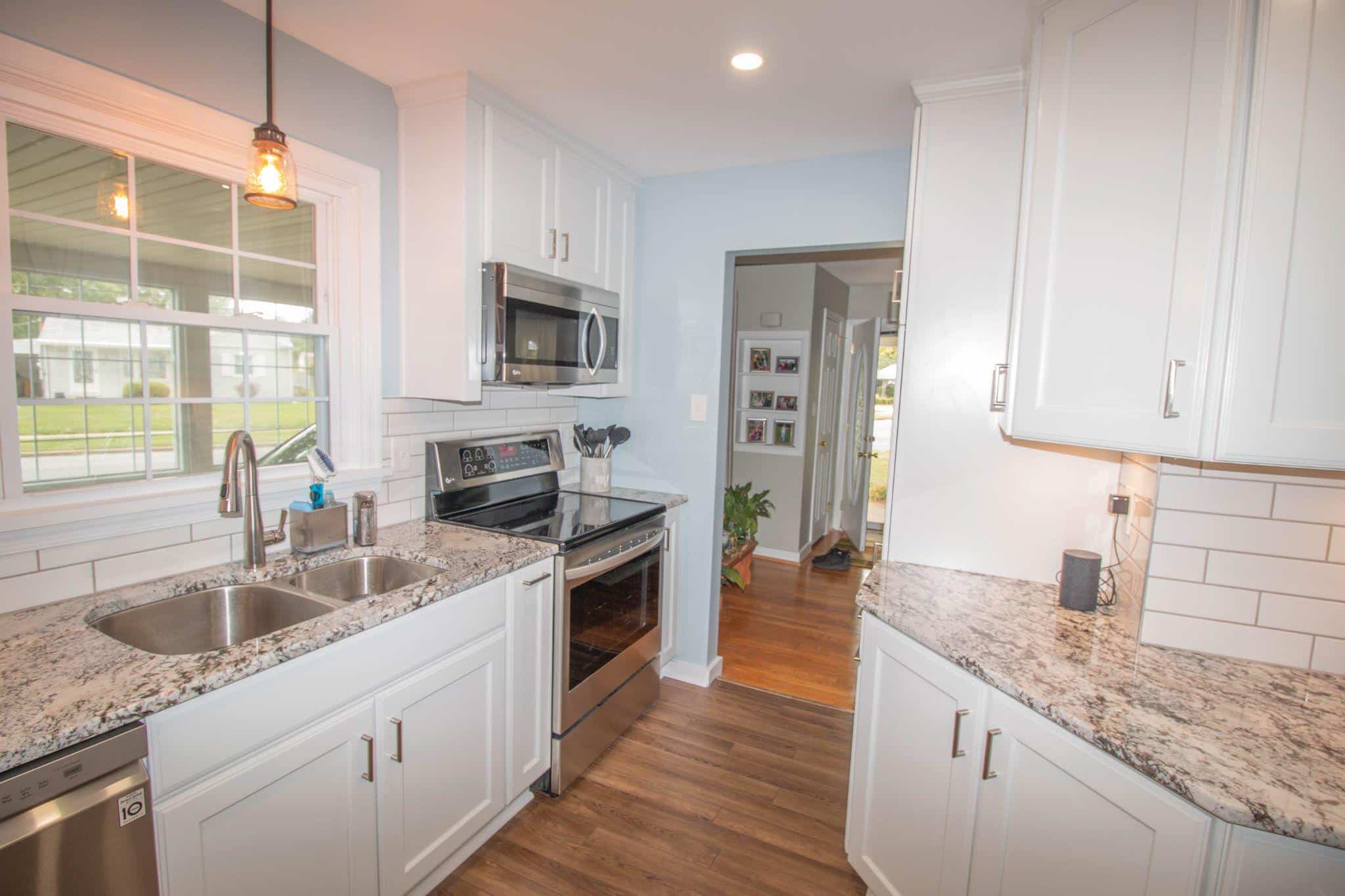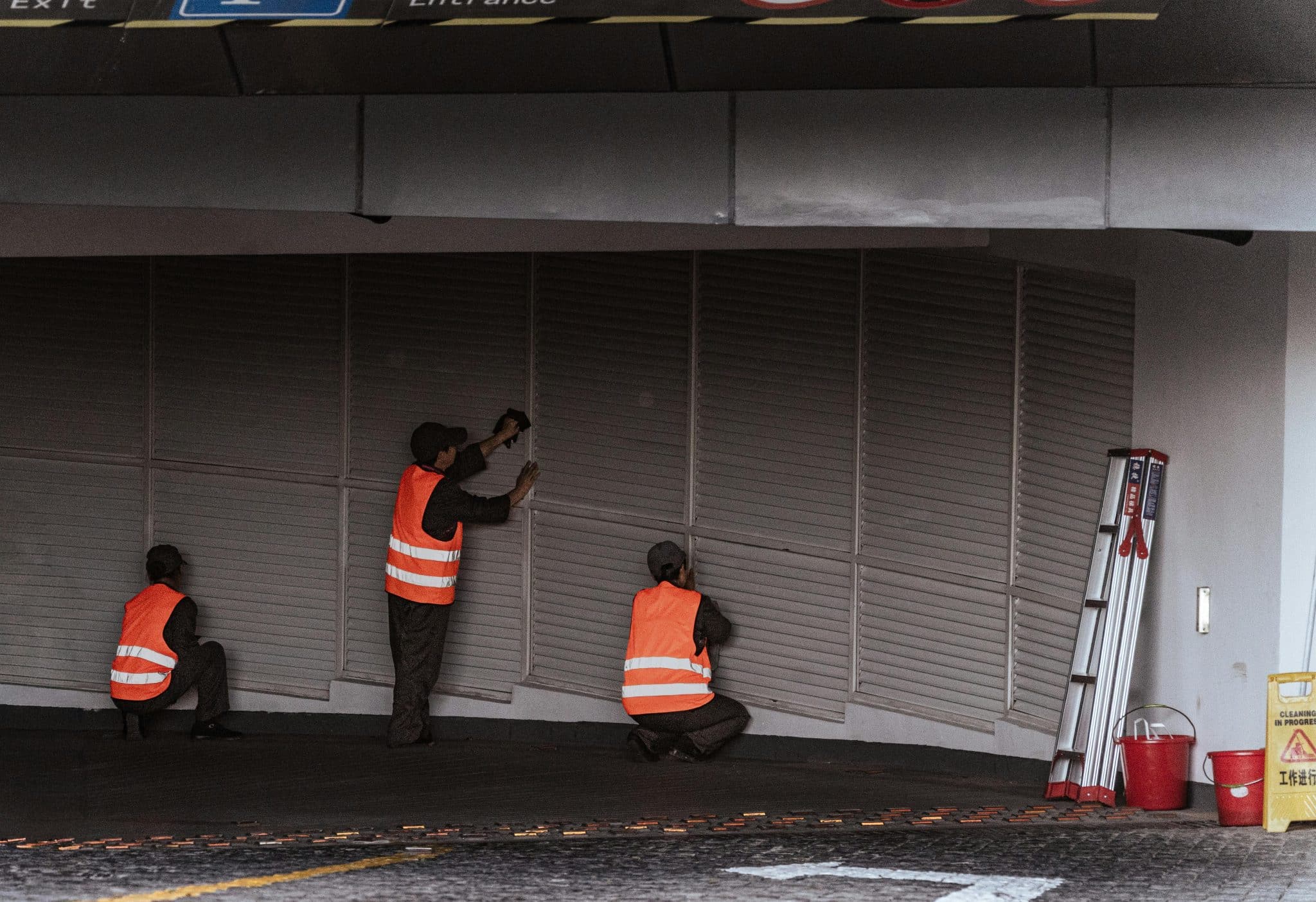For a lot of homeowners, being able to live in their own homes for as long as possible, even as they grow older, is the ultimate goal.
They find that, compared to assisted living and retirement homes, staying put comes with more independence, familiarity, and comfort. But, of course, to do that, you have to make sure the home you plan to stay in is fully accessible and safe. That’s where accessibility features for aging in place come into play.
But, while they have much potential to make life easier for seniors, many homeowners fear that these features will give the space an impersonal, clinical look. As trusted high-end remodelers in Portland, OR, we’re here to tell you that it doesn’t have to be the case! With proper planning and skillfully added modifications, you won’t ever have to sacrifice style for accessibility! But how? Here’s what you should know!
1. Accessibility Should Always Be a Priority
When planning to age in place, you should always put safety first. Everyday activities that now feel mundane, such as cooking or taking a shower, can become much more difficult as your balance and strength change over time. So, regardless of their impact on style, accessibility features have to be a priority because they make your home safer and easier to navigate.
Step-free entryways, lever-style door and fixture handles, modified showers, adapted kitchen furniture, and things like elevators, stair lifts, and more can both minimize hazards and make day-to-day life much easier. A thoughtfully modified home helps seniors stay safe and independent for as long as possible, and that’s what matters most!
2. These Features Can Improve Your Home
We already established that regardless of how it impacts the design, accessibility is an absolute priority. But the truth is that these new features don’t have to negatively impact the style of your interiors at all. A residence with accessible features is a more welcoming home, not just for you or another senior who lives there, but for guests of all ages and abilities.
Wider hallways and doorways make movement easier, even for those who don’t use mobility aids, and can also make the space feel more open and airy. Walk-in showers are a luxurious touch, but they also happen to be safer and more accessible. So, the features that you originally introduced for accessibility can also make it warmer and more inviting.
3. You May Never Have to Sacrifice Style
If you’re still worried that these features will make your home look institutional, we’ve got some good news. Accessible design doesn’t have to be boring! You can have a stylish, well-designed home that’ll still properly support your aging in place. Today’s grab bars, for instance, come in a variety of finishes to match the rest of the décor. Actually, many support features can double as bold accents.
Zero-transition entryways and doorways don’t have to look like clunky ramps, they can be seamless and add flow and balance to the home’s overall design. Sleek handrails along halls can add a touch of elegance on top of providing stability. And this was just to name a few examples! With careful planning, these features can add to your home’s beauty, not take away from it.
4. Planning Ahead is the Best Approach to This
Unfortunately, few homes can properly support aging in place by default, and that’s why introducing accessibility features matters so much. But having to quickly adapt a home to address a current need could mean sacrificing design or settling for an imperfect solution. That’s why it’s always best to plan ahead and modify your home before you start facing any barriers!
If you’re planning a home remodel, think about the features, modifications, and preparation steps you could include in it. For example, you could address sunken rooms, invest in a step-free shower, replace flooring, or add blocking where future grab bars can be added as needed. All of this is usually less expensive and disruptive when you do it in advance, as part of a bigger renovation project!
In Conclusion
The main goal of aging-in-place design is to create a home that continues supporting you throughout your life’s journey. So, it’s not just about being able to move, it’s about blending safety and accessibility with personal style and comfort. You absolutely can have a home that’s both beautiful and functional, a space that adapts to your needs as they change but doesn’t lose any charm or character.
Whether you’re focusing on home modifications now or planning for the future, remember that accessibility and style can go hand in hand! Take a chance to create a space that stays familiar and reflects your taste as it supports your well-being and independence for years to come!








